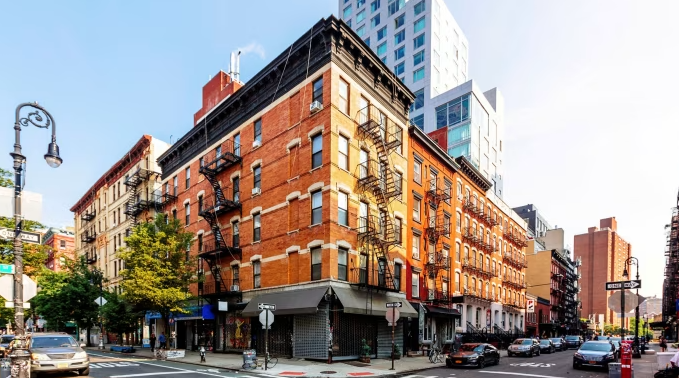As we enter the 4th quarter of 2025, savvy property owners and managers should begin thinking about the challenges and opportunities to come in 2026. Here are some NYC CRE trends to keep an eye on.
Trends to Watch in NYC Commercial Real Estate for 2026
1. Continued Flight to Quality — Class A Wins Out
Premium, modern office buildings — those with high-end amenities, sustainability credentials, and transit accessibility — are pulling away from older, less efficient stock. Tenants are increasingly choosy, preferring efficient HVAC, daylight, wellness features, and flexible layouts. Those older Class B and C buildings without upgrades are likely to see lagging demand or require conversion.
2. Office-to-Residential & Mixed-Use Conversions Accelerate
Vacancy and remote-work trends continue putting pressure on downtown office towers. In response, more buildings are likely to be converted to apartments (or mixed-use), especially in submarkets where residential demand is strong. Mixed-use projects that combine residential, retail, services, and office may also become more common, making spaces more resilient.
3. Sustainability & Regulation Become Non‐Negotiable
Regulations such as NYC’s Local Law 97 (which mandates building emission reductions) are pushing building owners to retrofit, upgrade energy efficiency, and invest in green building certifications. Tenants are also prioritizing ESG (environmental, social, governance) factors. Those who ignore these trends will find themselves at a competitive disadvantage.
4. Interest Rates, Financing, and Capital Flow Will Remain Key Variables
Although there are signs of monetary easing, interest rates and borrowing costs will continue to influence deal-making, valuations, and the viability of new development. Projects with high leverage or weak cash flow may struggle. Meanwhile, investment volume may pick up as some owners look to sell or reposition assets.
5. Spatial Shifts: Secondary Markets & Outer Boroughs Gain Attention
Where rents are high in Manhattan and prime areas, developers and investors will increasingly turn to Brooklyn, Queens, the Bronx, and even Staten Island — especially where transit access is improving or zoning changes allow greater density. These areas often offer lower entry costs and growing residential populations, making them attractive for industrial, logistics, biotech lab space, and mixed-use CRE.
6. Retail Reinvented, Experiential Retail & Ground‐Floor Activation
While traditional retail has struggled, there is a resurgence in retail when it’s experiential, service-oriented, or embedded in mixed-use. Ground-floor retail that activates streetscapes (with dining, wellness, cultural offerings) will be more valuable. Physical retail that doubles as a brand showcase or e-commerce fulfilment hub will also be more sought after.
7. Tech, Data & Asset Management Innovation
Data analytics, smart building tech (for lighting, HVAC, occupancy), and automation will become increasingly important. Property managers and owners who use predictive analytics (e.g., to forecast demand, energy use, and maintenance) will have advantages in controlling costs, optimizing revenue, and attracting tenants.
Risks & Things to Watch
- Financing risk & loan maturities: Large volumes of commercial real estate debt coming due could strain owners if refinancing is costly.
- Over-supply of lower‐quality space: Outdated Spaces may see steep discounting or long vacancy periods.
- Regulatory risk: Building and environmental codes will tighten; failure to comply or adapt may carry penalties or make buildings less marketable.
- Economic headwinds: Inflation, interest rate shifts, or economic slowdown could dampen demand, especially for new projects.
What It Means for Stakeholders
- Investors should favor quality, location, and sustainability because these factors matter more than ever.
- Developers may find the best returns in adaptively reusing existing stock (office-to-residential conversions) and in underutilized areas, especially outer boroughs.
- Tenants will gain more leverage to demand quality, flexibility, and ESG features.
- Cities/Planners will need to facilitate rezoning, incentives, and infrastructure improvements to support these transitions.
In short, 2026 looks poised to be a year of consolidation, adaptation, and premiumizing: less about new sprawl or chasing every project, more about doing fewer things better. NYC CRE will likely reward those willing to invest in modernization, sustainability, and mixed-use, while those resting on outdated models will be left behind.

